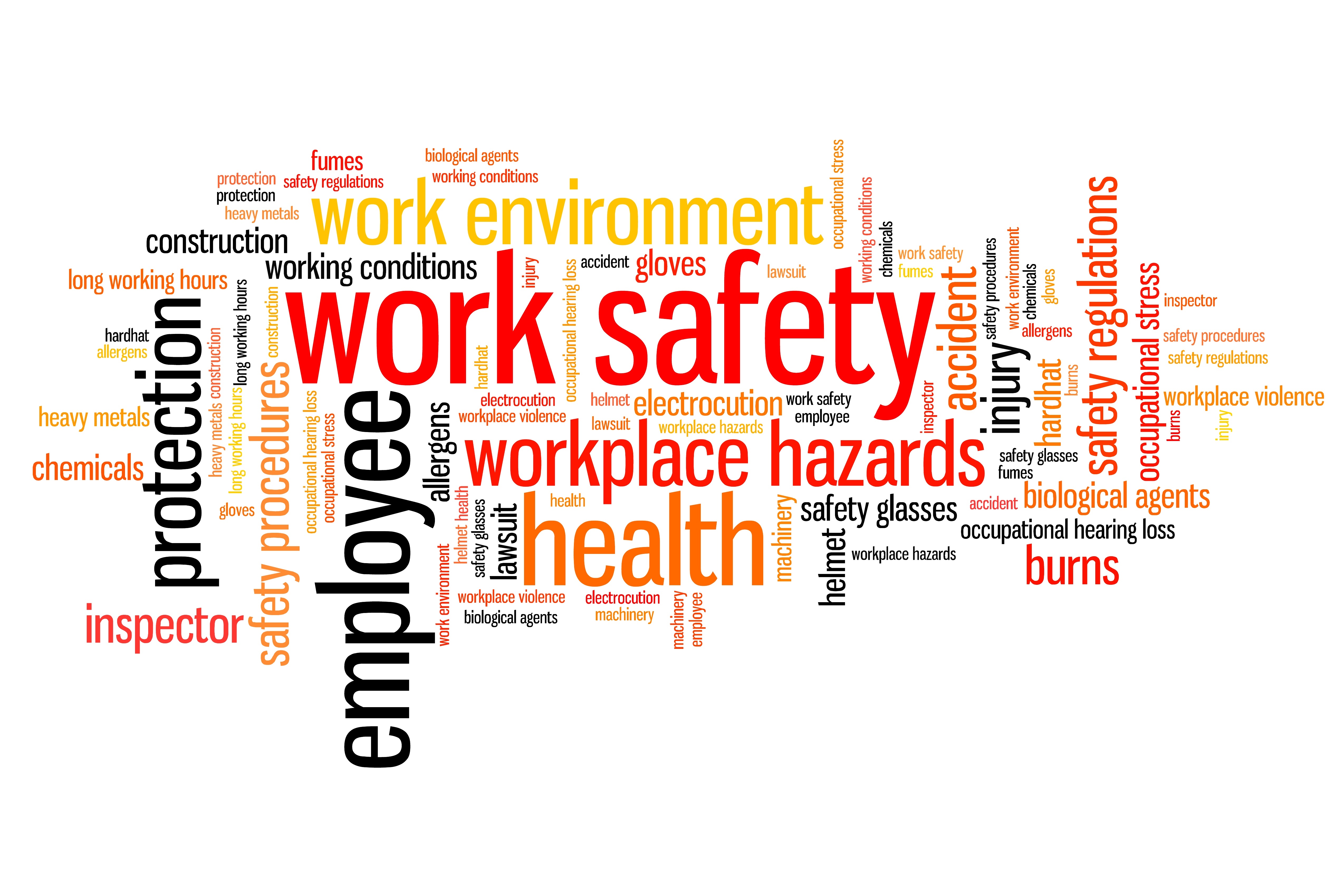Temporary workers offer many advantages, enabling employers to identify promising workers before offering them permanent positions and alleviating short-term staffing shortages—but they can also pose a significant safety risk.
 |
Here are some suggestions from Safety.BLR.com for making sure your temporary workers do you more good than harm.
1. Train Them Yourself
In many of the recent fatal accidents involving temporary workers, the workers received inadequate training. Some employers that are tempted to cut safety training eliminate safety training for temporary workers first, thinking they can simply pass the buck for safety training to the temporary agency.
It’s important, however, to conduct any site-specific training yourself. Make sure your training:
- Is provided in a language workers can understand. Poorly understood instruction leads to injuries.
- Covers safe operating procedures for equipment, including location of emergency stops and when and how to implement lockout/tagout procedures.
- Covers hazardous chemical safety.
- Covers site-specific emergency procedures.
If you hold daily or periodic safety meetings, make sure temporary workers participate in those, too.
Great news! BLR’s renowned Safety.BLR.com® website now has even more time-saving features. Take our no-cost site tour! Or better yet, try it at no cost or obligation for a full 2 weeks.
2. Document Training
Because training is such a common failure point, if a temporary worker is injured, the first thing inspectors or insurers will want to see is your training record. Include:
- Date temporary workers were trained
- Description of the training given and the topics covered
- Trainer’s name
- Evaluation method used to determine training effectiveness (e.g., quiz, demonstration of skills)
3. Provide PPE
Workers required to provide their own PPE may bring inadequate gear or gear that is in poor condition. For example, workers who bring their own hard hats might bring hard hats that have suffered previous impacts, or are brittle from improper storage, and therefore not protective. Control the quality of the protection by providing it yourself, and make sure workers know how to properly use and maintain PPE.
4. Use Warning Signs and Labels
A worker who is not closely familiar with the workplace may not remember all precautions and hazard warnings, so make safety warnings explicit and visible. Label emergency stops, post reminders about lockout/tagout and machine guarding, and be clear about prohibited behaviors, such as operating equipment without safety gear.
Your one-stop safety management resource, available 24/7. Go here to take a no-cost site tour or here to try it in your own office!
5. Supervise Closely
Because temporary workers are not familiar with the workplace, they need close supervision—at least at first. Supervisors should not only keep an eye on temps to make sure they work safely, but also provide the same feedback about safety performance as they provide regular workers.

Anyone not doing these simple steps will have problems; bottom line is to treat all temps coming in your door as if they are your own employees.
We began to use the agency to do our new hire orientation and saw mixed results. So when I get them I will review their orientation training sheet that they signed – again our document – and show them around to reinforce the training. Much better.